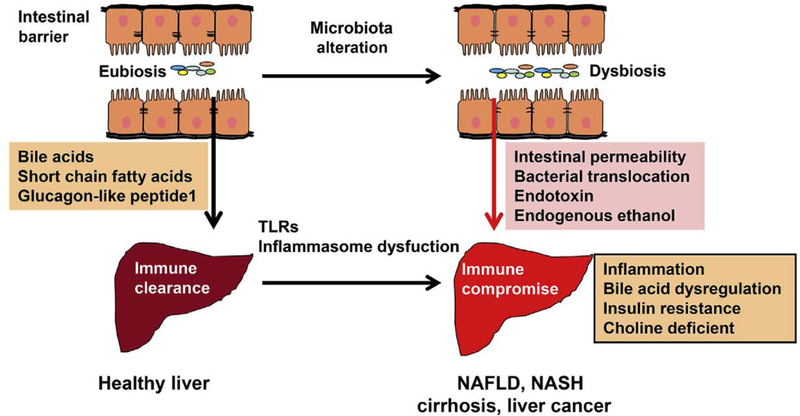Fig. 1. The mechanisms by which gut microbiota affects liver health and diseases.

Under healthy condition, intestinal barrier and integrity prevent the entry of bacterial products, such as endotoxin, from the gut into the portal circulation. Liver immune cells rapidly clear the microbial products and bacteria passing though the gut barrier, thereby establishing immune tolerance without inflammation, Gut microbiota contributes to improving insulin sensitivity, reducing inflammation, and hepatic lipid accumulation via modulating the productions of bile acids, short-chain fatty acids, glucagon-like peptide 1, etc. Factors such as antibiotics, injury, infection, and high-fat diet can cause dysbiosis. Dysbiosis increases endogenous ethanol, endotoxin, and intestinal permeability, thereby leading the translocations of bacteria and bacterial metabolites from the intestine to the liver. Bacteria and their metabolites can activate the innate immune system via toll-like receptors and cause inflammation and subsequent liver damage. Moreover, dysbiosis-associated bile acid dysregulation increases insulin resistance, hepatic lipid accumulation, and inflammatory signaling. Furthermore, dysbiosis converts choling to trimethylamine, Which leads to choline deficiency. All these metabolites and factors contribute to liver diseases. Abbreviations: NAFLD, non-alcoholic fatty liver disease; NASH, non-alcoholic steatohepatitis; TLRs, Toll-like receptors.
